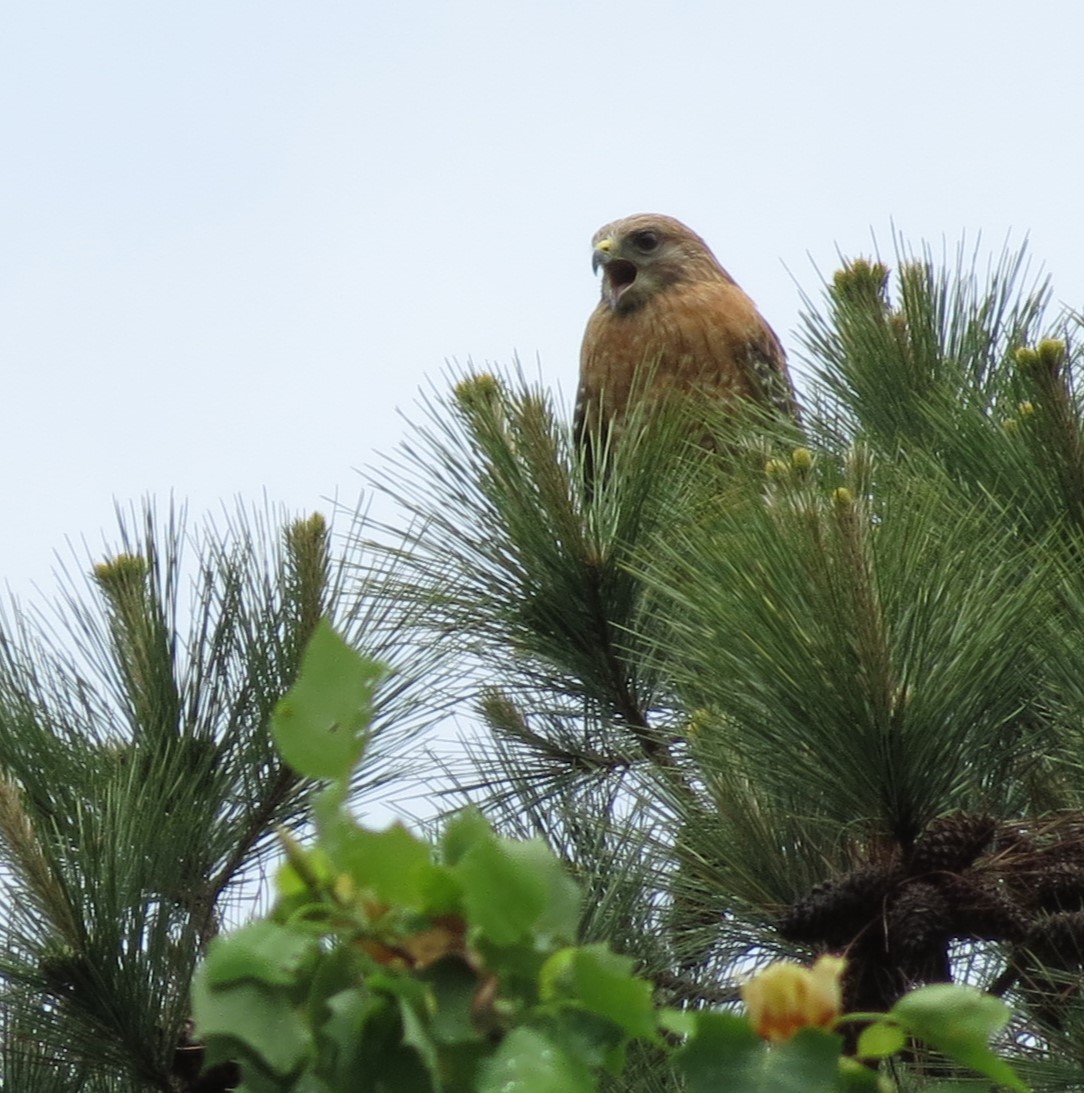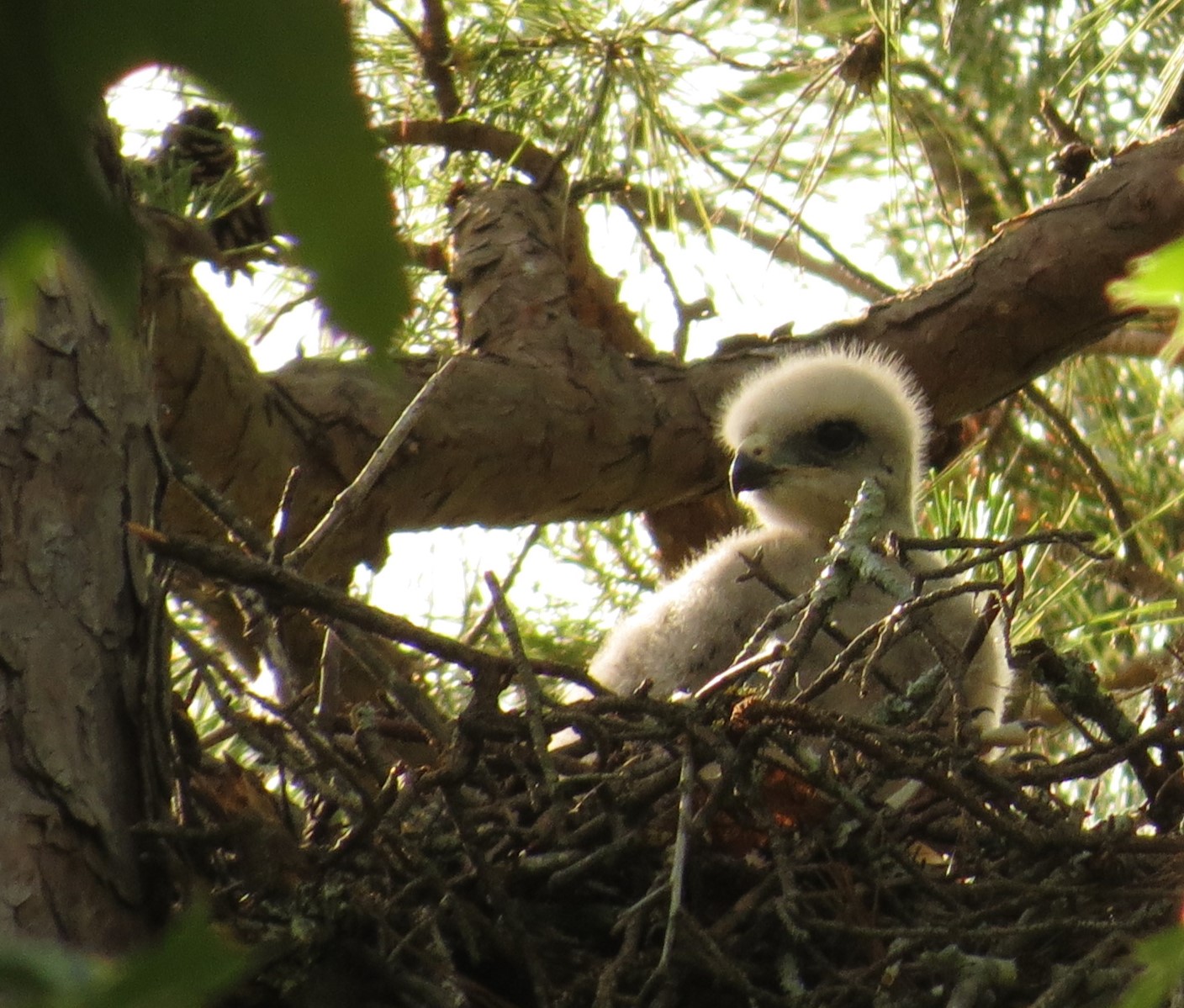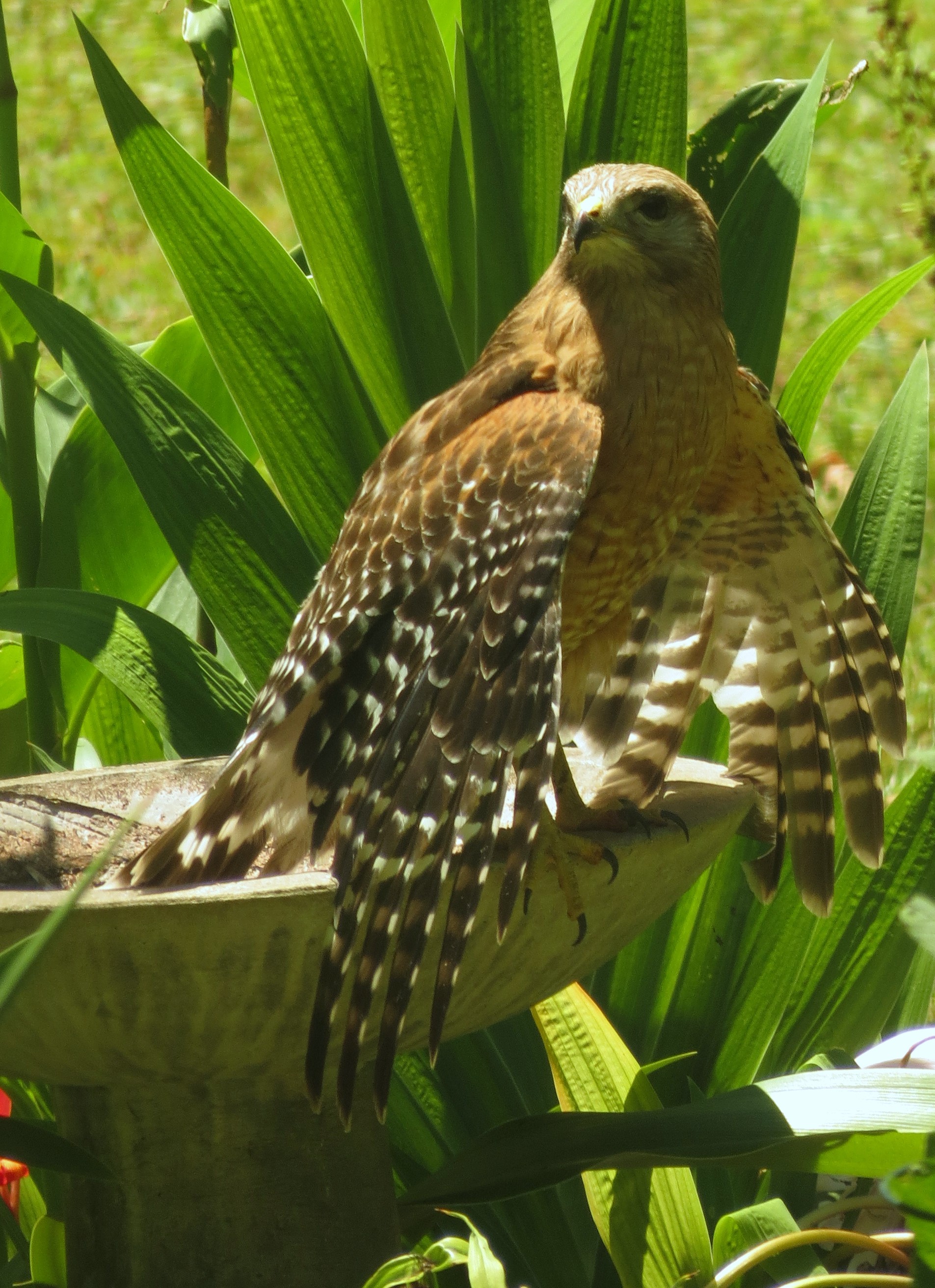Memorial day is past, and spring is slowly but surely drifting into summer. So far, the weather has been fairly mild, with only one or two days at 90 F (32 C), but I expect the hot weather will be here soon. Six on Saturday this week consists of four plants and two animals. The last photo is slightly gruesome but, I think, quite interesting.
1. Asclepias variegata (redring milkweed)
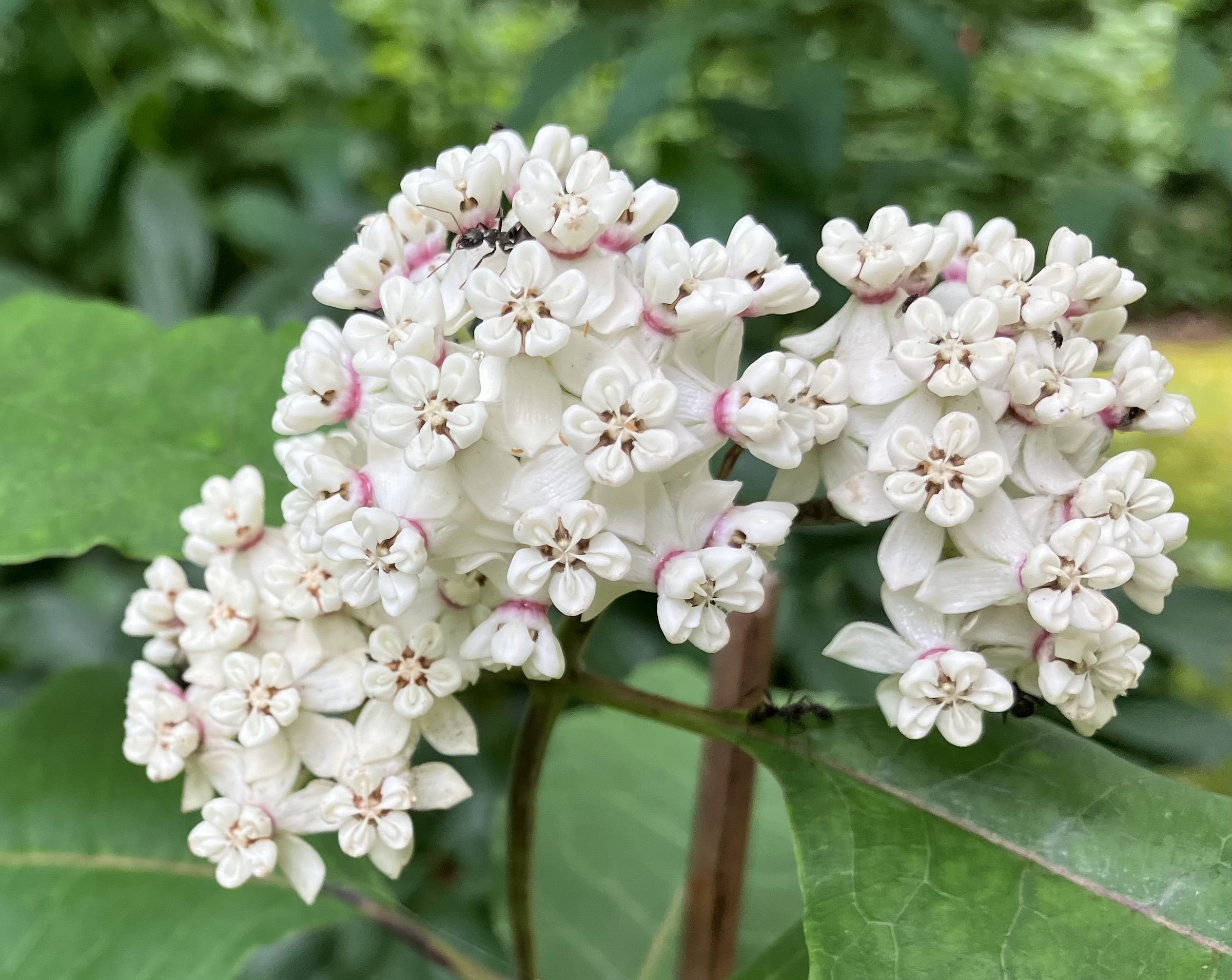
I love the tightly packed flowers of Asclepias variegata, which give the appearance of large knobby balls at the top of a wiry stem, and I waited about a decade to see them in my garden. A. variegata is the holy grail of eastern North American milkweeds. Unlike some species, it does not spread by creeping rhizomes, and it seems somewhat tricky to pollinate. Nurseries that offer it for sale sometimes sell out in minutes. I first saw it flowering in the wild in 2012, but it wasn’t until 2023 that I managed to get hold of three artifically propagated seedlings. One of them is flowering now.
2. Verbena bonariensis (purpletop vervain)
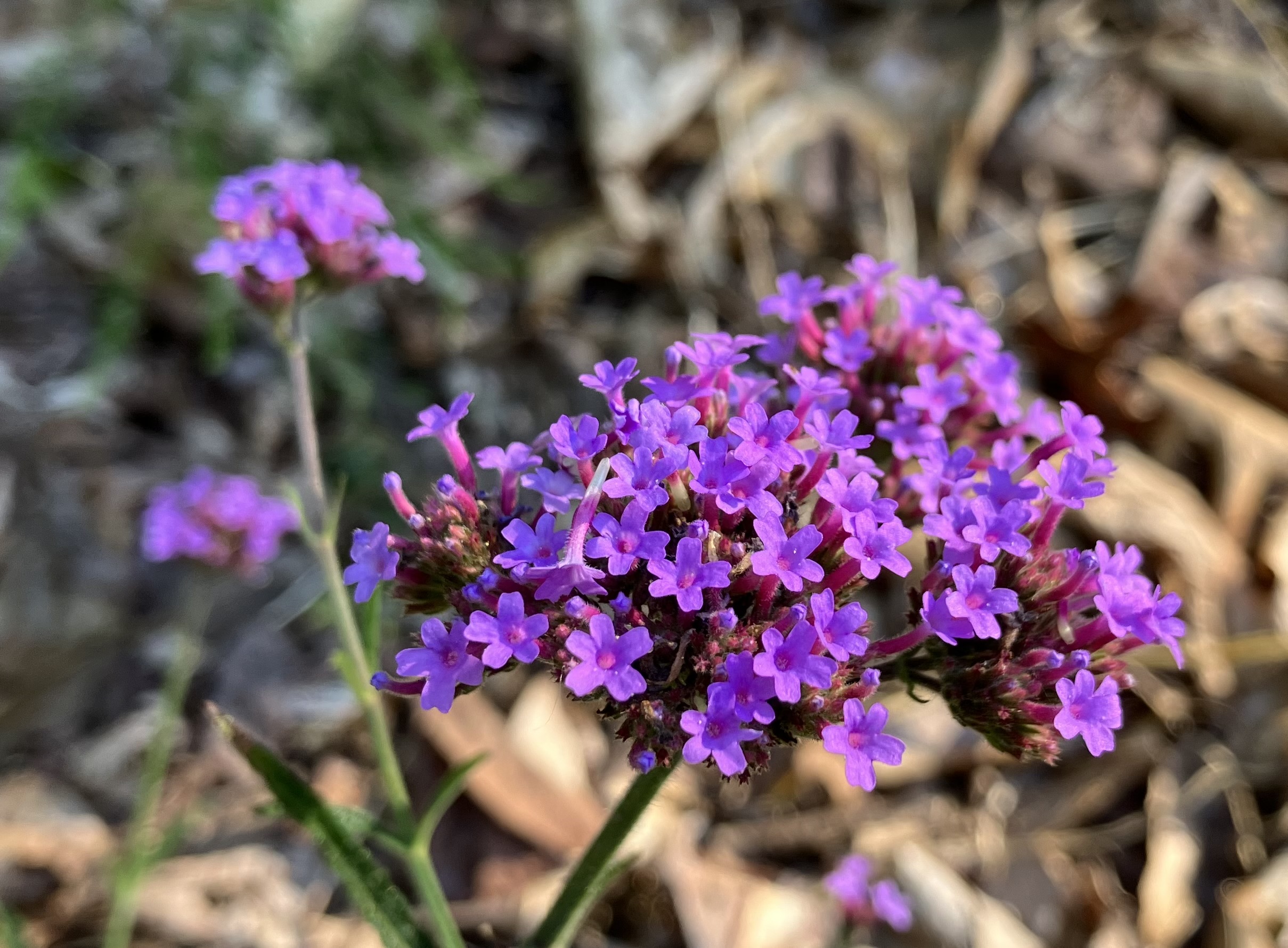
Verbena bonariensis is a very common garden plant, beloved for its attractiveness to bees and other pollinators. It has a tendency to naturalize in the wild, but it does not seem to be seriously invasive; it’s so open and spindly, it would be hard pressed to choke out any native species. Although plants survive from year to year in my garden, I have not noted any volunteer seedlings yet. Perhaps the heavy layer of mulch on most of my flower beds is not conducive to seed germination.
3. Lysimachia alfredii ‘Night Light’
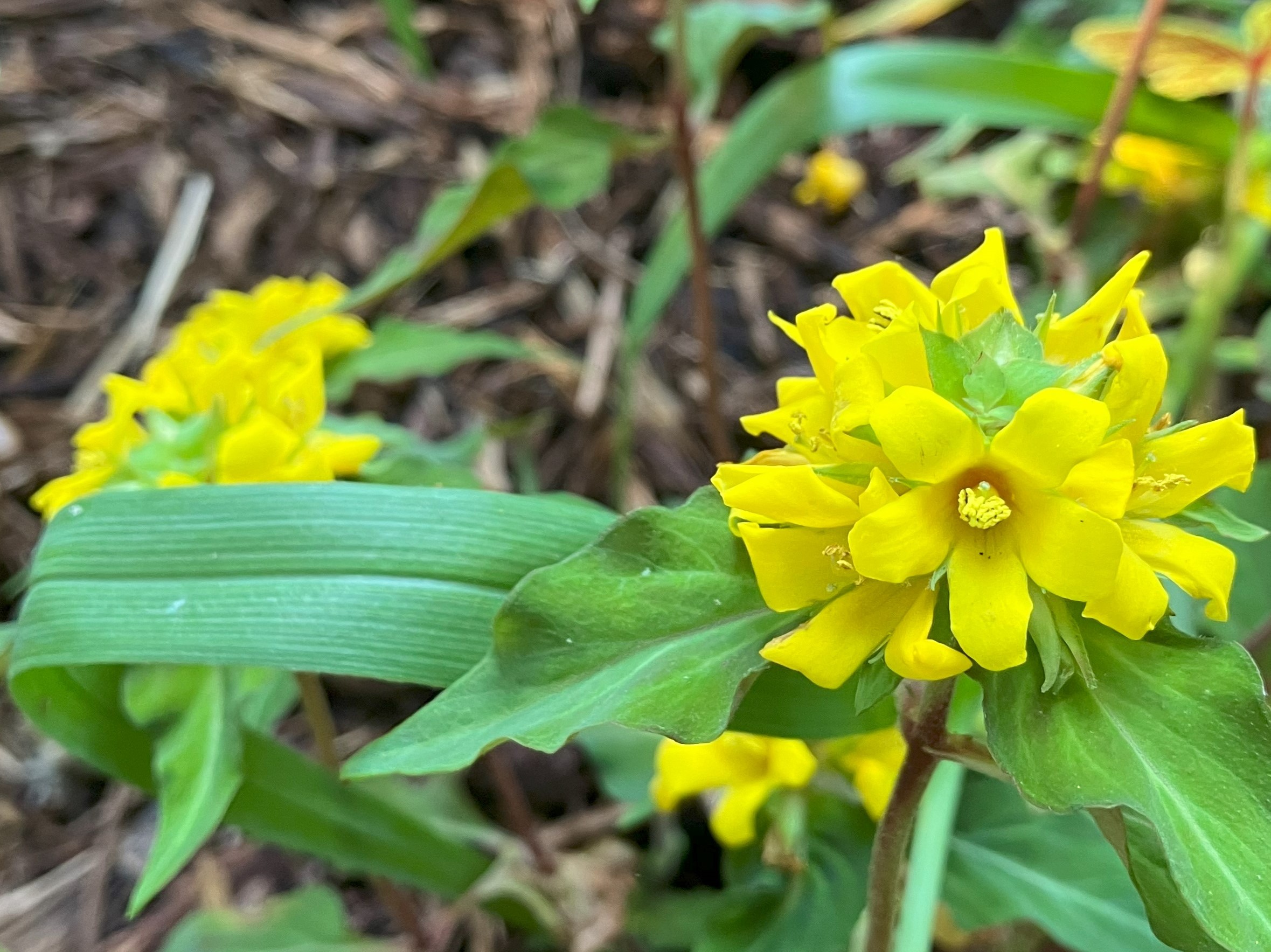
‘Night Light’ is a newish clone of this Chinese species. It supposedly forms a low ground cover in part shade and flowers all summer long. This is my first year growing it, so we’ll see.
4. Lychnis chalcedonica (Maltese Cross)
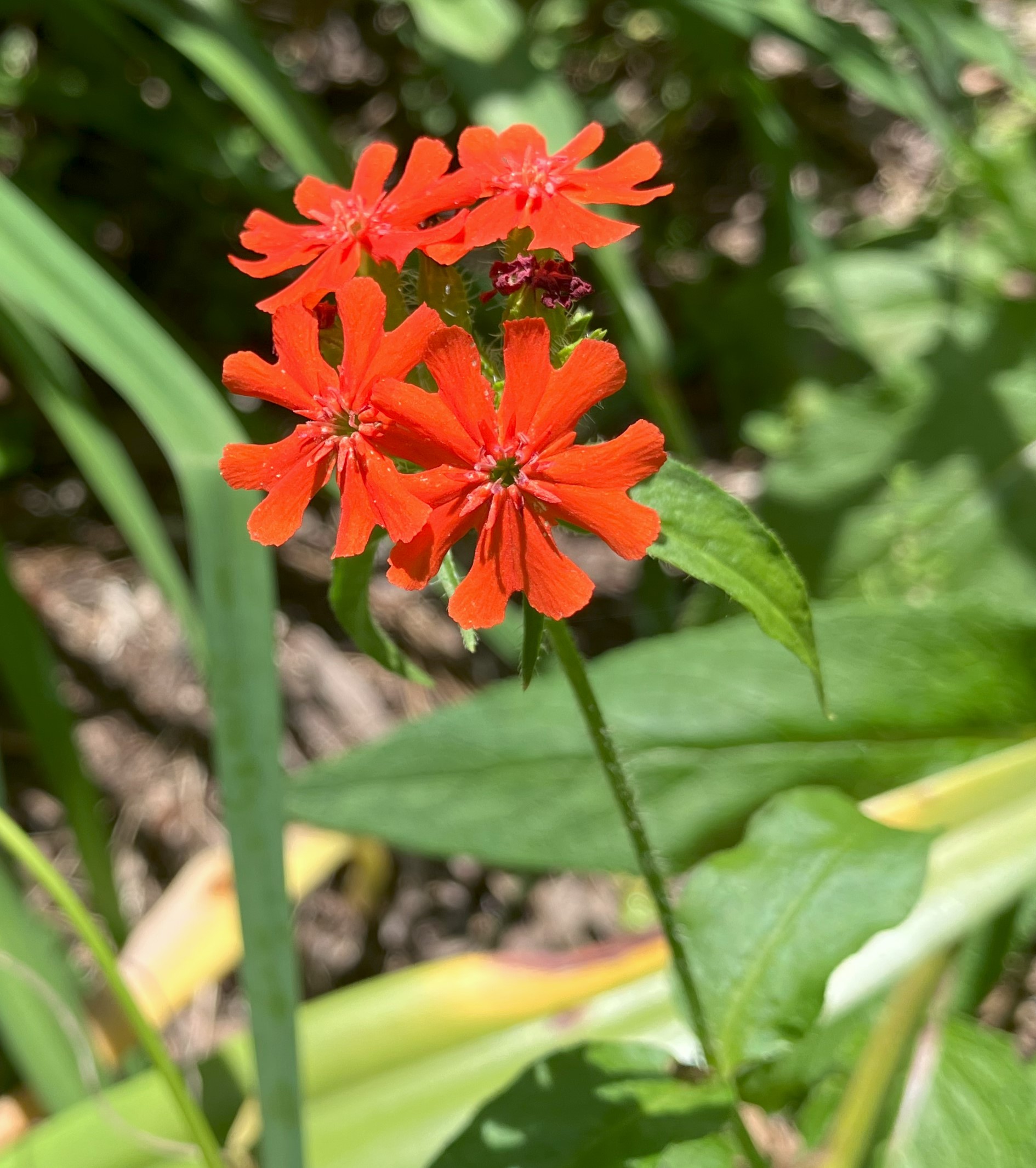
A garden classic. I bought two smallish seedlings last year from a vendor at the local farmers market. Both made it through the winter and are starting to form small clumps. L. chalcedonica is related to the larger Lychnis senno and Silene virginica that also grow in my garden.
5. Hyalophora cecropia (cecropia month) hindwing
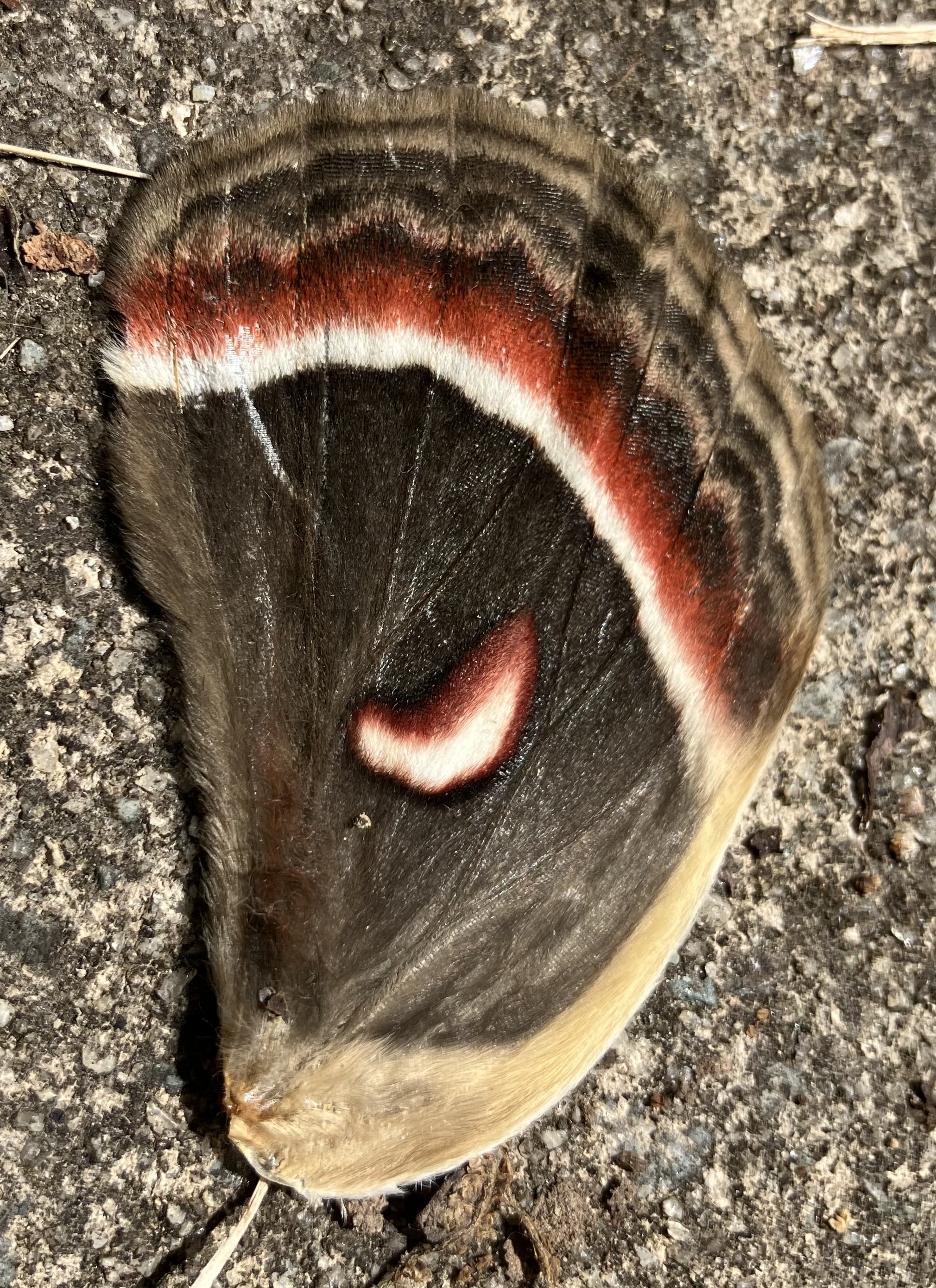
The giant silkmoths are some of the most beautiful nocturnal visitors to the garden. I have see luna moths (Actias luna) on several occasions, but this is the first evidence I have seen of cecropia moths. Something, maybe a bat, must have caught one, because I found this single hindwing on the driveway. It is still beautiful, and at 6 cm long, evidence of the amazing size of the cecropia moth.
6. Haplotrema concavum (gray-footed lancetooth) eating an eastern worm snake
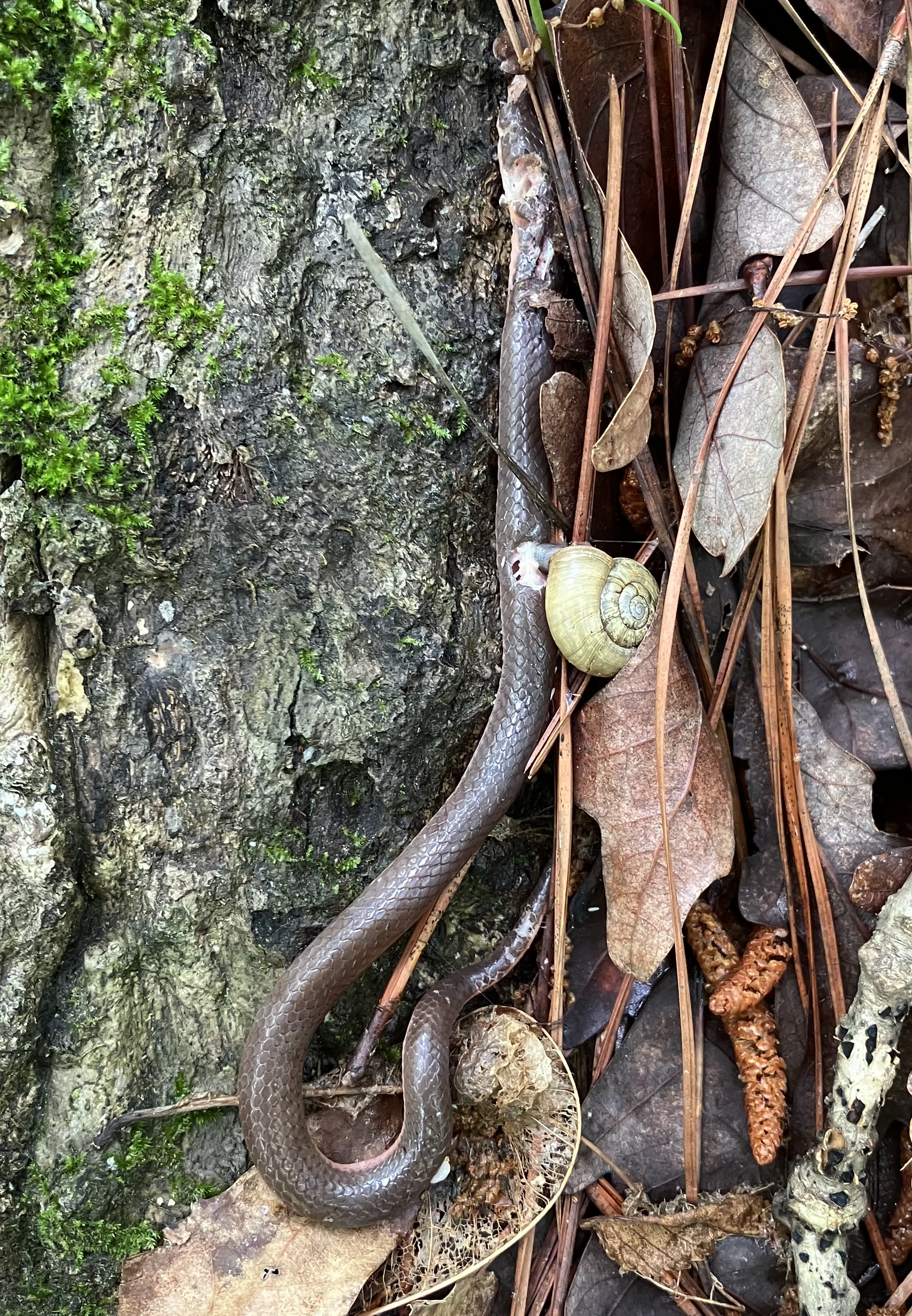
Haplotrema concavum is a predatory snail that feeds mainly on other snails. I was amazed to find this one eating a dead worm snake. I suppose it must be scavenging, because there’s surely now way a snail could run down a snake.
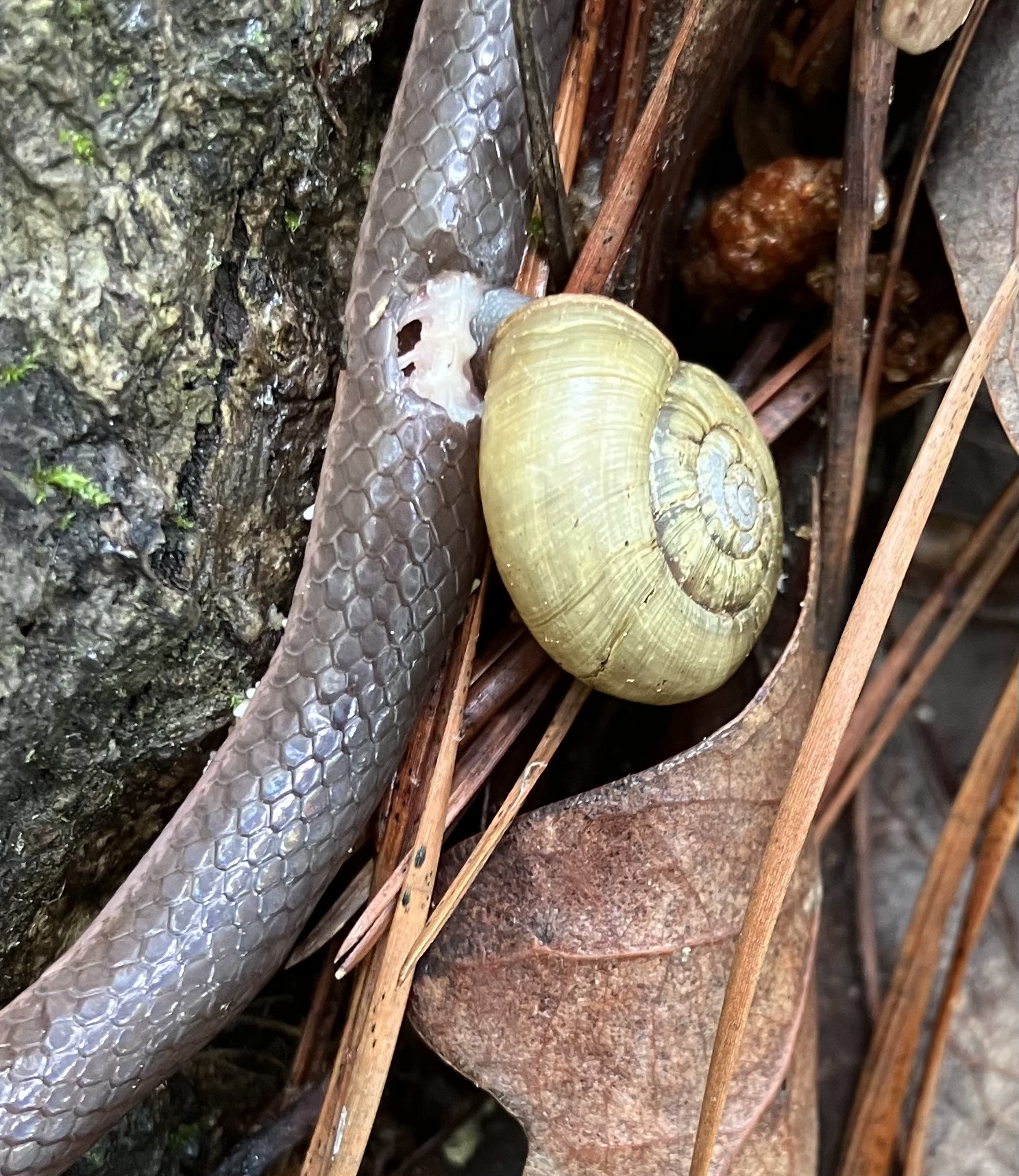
Jim at Garden Ruminations is the host of Six on Saturday. Head over there to see his Six for this week and find links to the blogs of other participants.
